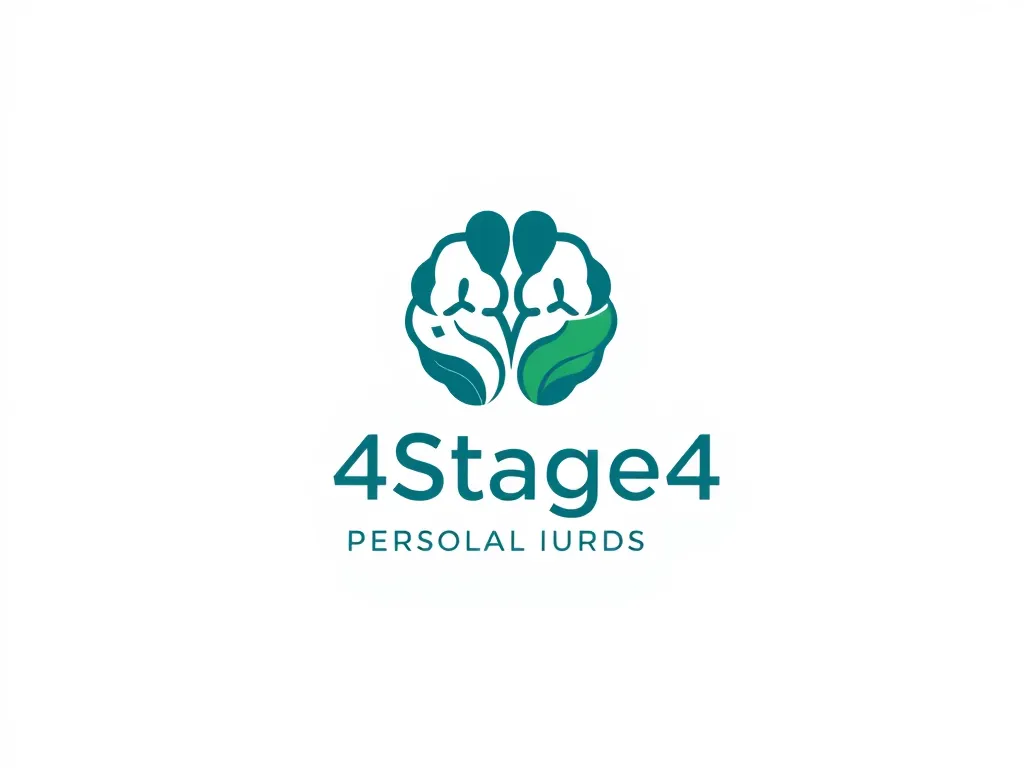How to Choose the Right Dumpster Size for Your Project

Choosing the Right Dumpster Size for Your Project
Choosing dumpster size is crucial for efficient waste management, whether you're undertaking a home renovation, construction project, or large cleanup. The right dumpster size ensures that you have enough capacity to accommodate your waste without overpaying for unused space. Understanding various sizes and their ideal uses can save you time and money in the long run.
When it comes to choosing dumpster size, consider the scope of your project and the type of materials you need to dispose of. Waste from household projects like spring cleaning or garage clear-outs may require a smaller dumpster, while larger commercial projects or construction would benefit from a bigger unit. Take time to evaluate your needs to ensure the right fit for your waste disposal requirements.
Choosing dumpster size also requires you to anticipate the volume of waste you’ll generate. It’s helpful to estimate based on the amount of material you need to throw away. Keeping in mind that it’s better to overestimate than underestimate can help you make a more informed decision. Moreover, knowing the types of debris, like furniture, drywall, or concrete, can also influence your choice of dumpster size.
Additionally, the duration of your project plays a vital role in choosing dumpster size. If you're performing a quick clean-up, a smaller, shorter rental period may suffice. For larger projects that stretch out over weeks or months, a bigger dumpster with a longer rental period ensures you have a consistent waste solution. It's essential to consider both the size and duration to achieve the best result.
Ultimately, continuously reevaluating your needs throughout a project can help refine your choice of dumpster size. If you're unsure, consult with your dumpster rental company; they often provide expert guidance based on common project types and waste generation rates, helping you make the most informed decision possible.
Types of Dumpsters
Roll-off dumpsters are ideal for large projects, such as home renovations or construction sites. They come in various sizes ranging from 10 to 40 cubic yards and are designed for easy loading with a top-open door for convenience. These dumpsters are often dropped off at your location and picked up once you’re finished with the waste removal.
Front-load dumpsters are perfect for commercial use and smaller ongoing projects. Typically used by restaurants or retail locations, they come in various sizes, mostly from two to eight cubic yards, and are emptied on a regular schedule. Their size is manageable for regular waste disposal activities and offers flexible usage for businesses.
Compactor dumpsters are designed for compact waste and are best suited for businesses dealing with large volumes of compactable materials. These specialized dumpsters compress waste, allowing you to maximize the available space, minimizing the frequency of pickups needed based on volume.
Understanding your project needs will help you effectively utilize resources by visiting https://www.road-transport-technology.org/how-to-choose-your-dumpster-size/ for suitable dumpster options.
Factors to Consider
Project type and scope are primary factors in choosing dumpster size. Different types of projects generate varying volumes of waste, thus requiring a specific level of capacity. Being clear about what you're planning can influence the dumpster size that best fits your project needs.
The volume of waste expected plays an equally crucial role. Measuring the amount of waste produced during similar past projects can give you a scalable format of what to expect. Alternatively, consult with rental companies who can estimate based on standard rates for specific types of projects to guide you in sizing your dumpster.
Duration of the rental period is another important consideration. Knowing how long you’ll need the dumpster provides context for the volume of waste as well. Long-term projects may warrant a larger dumpster to accommodate continuous waste generation, while shorter tasks may need just a smaller dumpster.
Common Mistakes
One common mistake is underestimating dumpster size. This can result in overflow waste, requiring additional rentals that could escalate project costs. Always err on the side of caution when estimating your waste needs to avoid this pitfall.
Another mistake involves ignoring weight limits on dumpsters. Exceeding weight limits can lead to additional charges or complications during pickup. Be sure to understand these limits before making your selection to avoid unexpected fees.
Finally, not considering the space needed for delivery is a frequent oversight. Ensure that sufficient space is available for the rental company to drop off and pick up the dumpster. Measuring this area helps prevent logistical issues later on.
Cost Implications
Cost implications can greatly be affected by dumpster size. Larger dumpsters typically come with a higher rental cost, so it's essential to balance your needs with your budget. Selecting a size that aligns with the waste you generate will help ensure you don’t overspend unnecessarily.
There are also additional fees for overweight dumpsters. If your waste exceeds the dumpster's weight capacity, you may incur extra charges upon pickup, so being aware of the limits is crucial in budgeting for your rental.
Conversely, larger dumpster sizes can be more cost-effective for big projects, as they mitigate the need for multiple smaller dumpster rentals. Choosing a larger size can often provide a more streamlined solution and save you time and potential headaches in the long run.
Renting Process
To measure for the right size, it's beneficial to assess your waste material visually before making the call. Creating a rough estimate of how much waste you will have can help inform your decision and ensure you choose the right dumpster size on the first try.
Choosing a reliable rental company is key. Research the rental companies in your area, read reviews, and consult with representatives to ensure you get a company known for their dependability and customer service.
Finally, understanding rental agreements and policies is vital. Before signing, make sure you carefully review the terms, including rental duration, pricing structure, weight limits, and clauses that could affect your costs. Being fully informed helps secure a smooth rental experience.
